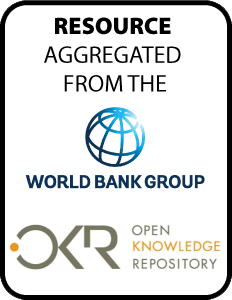Resource information
The strategic / sectoral social and
environmental assessment of power development options (SSEA)
offers an overview analysis of major regional power
development options and regional transmission
interconnections in the Nile Equatorial Lakes region in
Eastern Africa. The assessment provides a solid foundation
for planning the development of the power sectors of the
region as it contains a proposed development strategy and a
regional Nile Equatorial Lakes indicative development plan
to the year 2020. The SSEA is based on a review of the
current environmental and social context, the existing legal
and regulatory framework, an assessment of the power needs
for the region, and identification of the power development
options and a comparison of these options in terms of
environmental, socio/economic and risk considerations. It is
a tool for public and private financiers, in their
assessment of potential support to power development
programs and projects in the region from a strategic
perspective. The SSEA is consistent with the World
Bank's 2001 Environment Strategy and was undertaken
within the framework of the Nile Basin Initiative (NBI) and
the Nile Equatorial Lakes Subsidiary Action Program, one of
two investment sub-programs of the NBI, promoting
cooperative investment projects in Eastern Africa. The study
area covered Burundi, the eastern region of the Democratic
Republic of Congo, Rwanda, Kenya, Tanzania and Uganda and
was undertaken in partnership with country experts and
regional stakeholders. Key recommendations include: a) a set
of power options to be implemented as soon as possible; b)
further baseline studies of promising power options; c)
countries in the region should move towards a high degree of
power system interconnection and associated legal reforms;
and d) prepare, develop and finance in the order of 100 MW
of identified priority power options and strengthen the
associated transmission networks.


